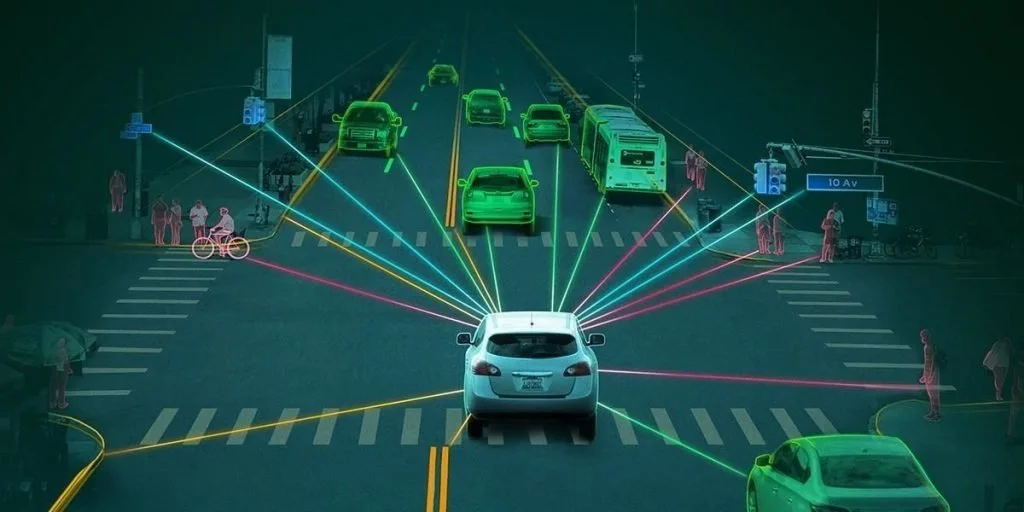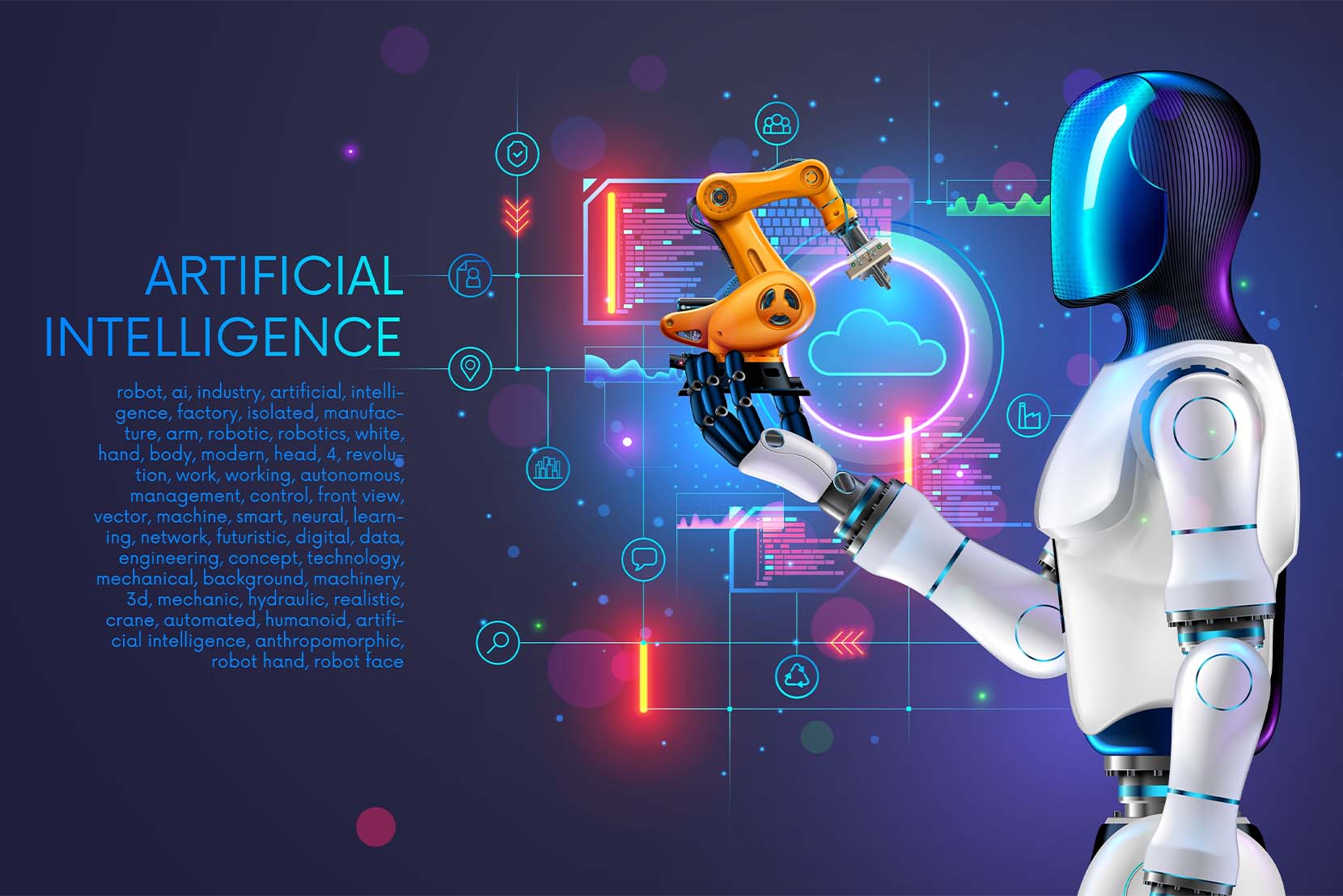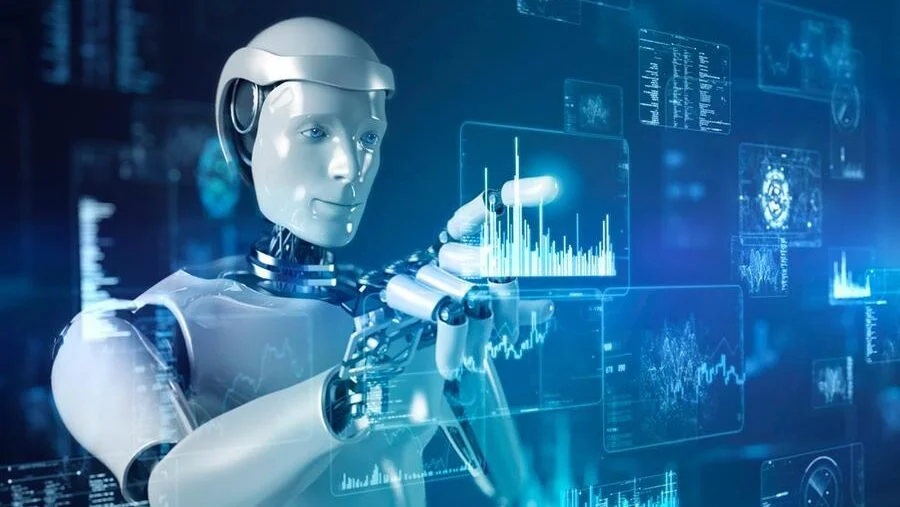Artificial Intelligence (AI) is transforming the transportation industry by enabling smart traffic management, autonomous vehicles, and predictive maintenance. However, while AI offers many benefits, it also presents several challenges and drawbacks that must be carefully considered.
What are the Drawbacks of AI in Transportation?
The drawbacks of AI in transportation refer to the potential risks, limitations, and unintended consequences that can arise when AI technologies are integrated into transport systems and vehicles.
Key Challenges and Risks
Safety Concerns:
AI-powered autonomous vehicles may struggle to handle unpredictable road conditions, complex human behaviors, or rare scenarios not covered in their training data. This raises safety risks, especially in mixed traffic environments where both human-driven and autonomous vehicles coexist.
Data Dependency:
AI systems in transportation rely heavily on real-time and historical data to make decisions. Inaccurate, incomplete, or biased data can lead to poor decision-making, which may cause accidents or inefficiencies.
Cybersecurity Threats:
Connected AI systems in vehicles and traffic networks can become targets for cyberattacks. Hacking an autonomous vehicle or traffic control system can have serious consequences, including accidents and traffic disruptions.
Job Displacement:
AI-driven automation in transportation, such as self-driving trucks and delivery drones, could lead to significant job losses for drivers, traffic controllers, and other personnel, potentially impacting the livelihoods of millions.
High Costs:
Developing, deploying, and maintaining AI-driven transportation systems can be expensive. Smaller companies and developing countries may face barriers to adopting these technologies.
Ethical and Legal Challenges:
AI decision-making in transportation raises ethical questions, such as who is responsible in the event of an accident involving an autonomous vehicle. Legal frameworks around liability and accountability are still evolving.
Conclusion
While AI holds the potential to revolutionize transportation, its drawbacks highlight the importance of careful planning, regulation, and ongoing human involvement. Addressing these challenges will be crucial to ensuring that AI-driven transportation systems are safe, equitable, and beneficial for everyone.







Leave feedback about this